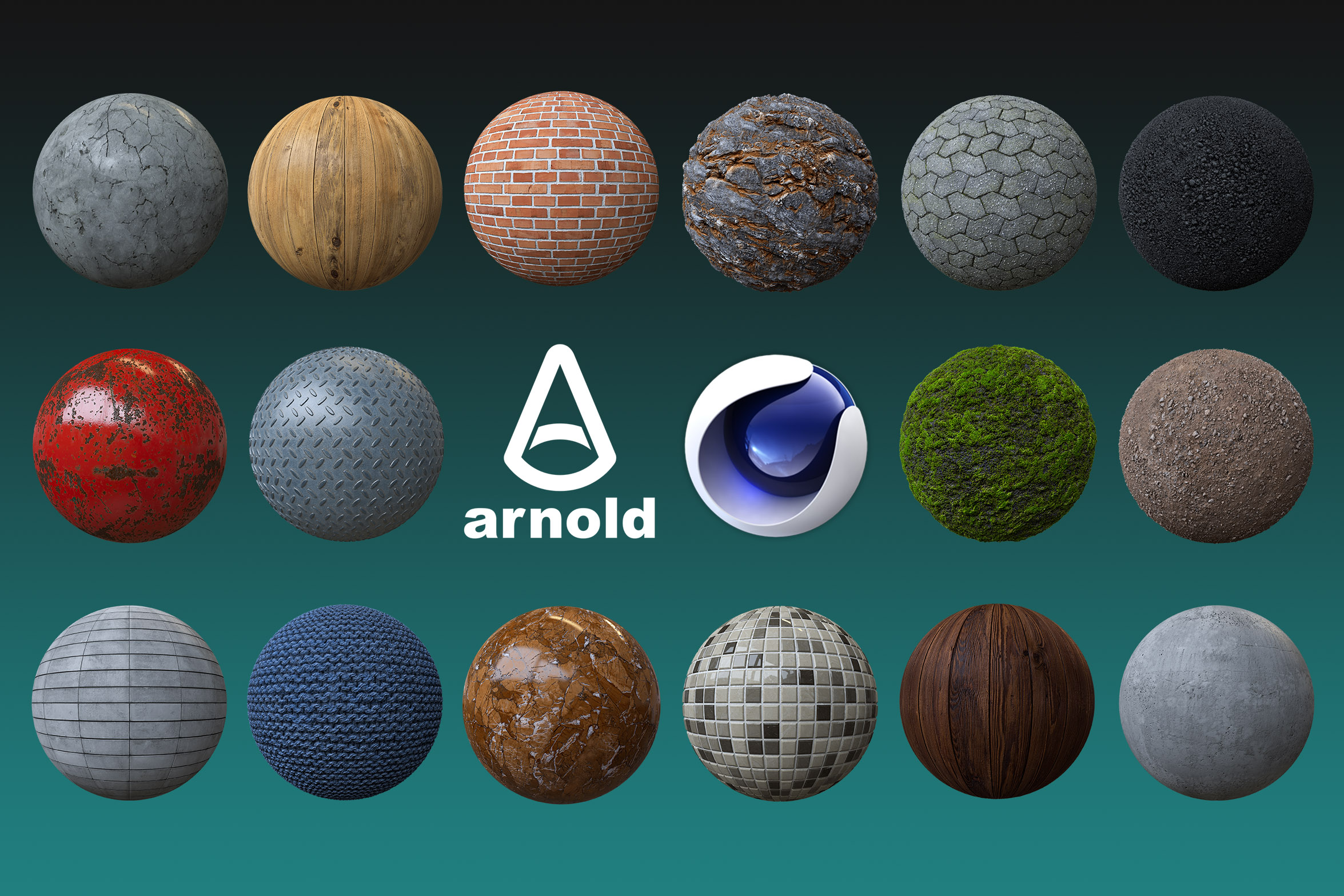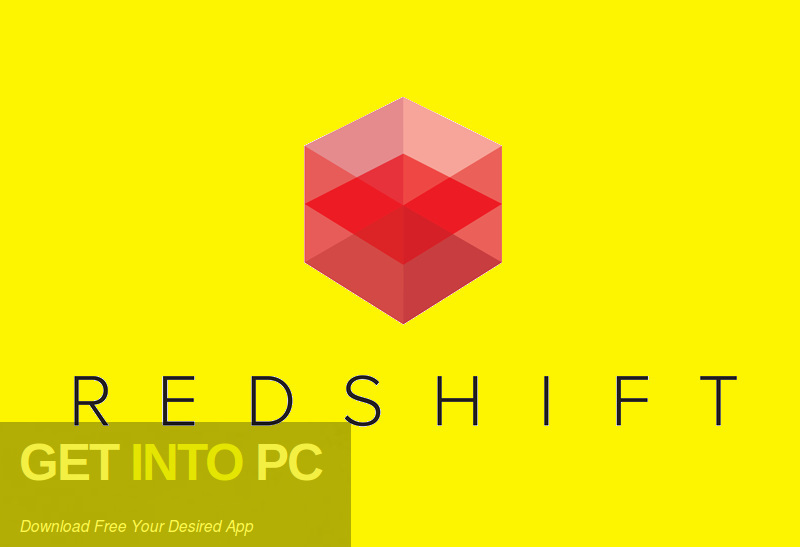
| Original author(s) | Alias Systems Corporation |
|---|---|
| Developer(s) | Autodesk, Inc. |
| Initial release | February 1998; 23 years ago |
| Stable release | |
| Written in | C++,[1]MEL, Python,[2]C# |
| Operating system |
|
| Platform | IA-32, x64 |
| Available in | English, Japanese, Chinese |
| Type | 3D computer graphics |
| License | Trialware |
| Website | autodesk.com/maya |
Arnold for Cinema 4D S24 v.3.3.4 Crack Download By Zaid Sparrow April 20, 2021 0 Comment Arnold for Cinema 4D (or C4DtoA) provides a bridge to the Arnold renderer from.
- GitHub Gist: instantly share code, notes, and snippets.
- Download linkhttps://cracktune.com/arnold-render-crack-c4d/.
Autodesk Maya, commonly shortened to just Maya (/ˈmaɪə/MY-ə[3][4]), is a 3D computer graphics application that runs on Windows, macOS and Linux, originally developed by Alias Systems Corporation (formerly Alias|Wavefront) and currently owned and developed by Autodesk. It is used to create assets for interactive 3D applications (including video games), animated films, TV series, and visual effects.
Arnold Cinema 4d R20 Crack
History[edit]
Maya was originally an animation product based on code from The Advanced Visualizer by Wavefront Technologies, Thomson Digital Image (TDI) Explore, PowerAnimator by Alias Research, Inc., and Alias Sketch!. The IRIX-based projects were combined and animation features were added; the project codename was Maya.[5]Walt Disney Feature Animation collaborated closely with Maya's development during its production of Dinosaur.[6] Disney requested that the user interface of the application be customizable so that a personalized workflow could be created. This was a particular influence in the open architecture of Maya, and partly responsible for it becoming popular in the animation industry.
After Silicon Graphics Inc. acquired both Alias and Wavefront Technologies, Inc., Wavefront's technology (then under development) was merged into Maya. SGI's acquisition was a response to Microsoft Corporation acquiring Softimage 3D. The new wholly owned subsidiary was named 'AliasWavefront'.[7]
In the early days of development Maya started with Tcl as the scripting language, in order to leverage its similarity to a Unix shell language, but after the merger with Wavefront it was replaced with Maya Embedded Language. Sophia, the scripting language in Wavefront's Dynamation, was chosen as the basis of MEL.[8]

Maya 1.0 was released in February 1998. Following a series of acquisitions, Maya was bought by Autodesk in 2005.[9][10] Under the name of the new parent company, Maya was renamed Autodesk Maya. However, the name 'Maya' continues to be the dominant name used for the product.
Overview[edit]
Maya is an application used to generate 3D assets for use in film, television, game development and architecture. The software was initially released for the IRIX operating system. However, this support was discontinued in August 2006 after the release of version 6.5. Maya was available in both 'Complete' and 'Unlimited' editions until August 2008, when it was turned into a single suite.[11]
Users define a virtual workspace (scene) to implement and edit media of a particular project. Scenes can be saved in a variety of formats, the default being .mb (Maya D). Maya exposes a node graph architecture. Scene elements are node-based, each node having its own attributes and customization. As a result, the visual representation of a scene is based entirely on a network of interconnecting nodes, depending on each other's information. For the convenience of viewing these networks, there is a dependency and a directed acyclic graph.

Industry usage[edit]

The widespread use of Maya in the film industry is usually associated with its development on the film Dinosaur, released by Disney in 2000.[12] In 2003, when the company received an Academy Award for technical achievement, it was noted to be used in films such as The Lord of the Rings: The Two Towers, Spider-Man (2002), Ice Age, and Star Wars: Episode II – Attack of the Clones.[13] By 2015, VentureBeat Magazine stated that all ten films in consideration for the Best Visual Effects Academy Award had used Autodesk Maya and that it had been 'used on every winning film since 1997.'[14]
Awards[edit]
On March 1, 2003, Alias was given an Academy Award for Technical Achievement by the Academy of Motion Picture Arts and Sciences for scientific and technical achievement for their development of Maya software.[15]
In 2005, while working for Alias|Wavefront, Jos Stam shared an Academy Award for Technical Achievement with Edwin Catmull and Tony DeRose for their invention and application of subdivision surfaces.[16]
On February 8, 2008, Duncan Brinsmead, Jos Stam, Julia Pakalns and Martin Werner received an Academy Award for Technical Achievement for the design and implementation of the Maya Fluid Effects system.[17][18]
See also[edit]
References[edit]
- ^'C++ Applications'. stroustrup.com. Retrieved December 16, 2016.
- ^Baas, Matthias (May 8, 2006). 'Python/Maya: Introductory tutorial'. cgkit.sourceforge.net. Archived from the original on November 15, 2010. Retrieved December 10, 2010.
- ^'Maya 2017 Overview'. YouTube. Autodesk. Retrieved May 18, 2018.
- ^'Maya LT 2018 – Overview'. YouTube. Autodesk. Retrieved May 18, 2018.
- ^'History'. Maya books. Archived from the original on November 25, 2010. Retrieved December 11, 2010.
- ^Muwanguzi, Michael J (July 1, 2010). 'Maya 2011'. Microfilmmaker Magazine. Archived from the original(Software Review) on July 20, 2011. Retrieved December 11, 2010.
- ^Weisbard, Sam (December 13, 2002). 'Wavefront Discontinued Products and Brands'. Alias. Design engine. Archived from the original on August 22, 2009. Retrieved December 10, 2010.
- ^Sharpe, Jason; Lumsden, Charles J; Woolridge, Nicholas (2008), In silico: 3D animation and simulation of cell biology with Maya and MEL, Morgan Kaufmann Martin, p. 263, ISBN978-0-12-373655-0
- ^Autodesk (October 4, 2005). 'Autodesk Signs Definitive Agreement to Acquire Alias'. Archived from the original on January 10, 2016. Retrieved October 23, 2015.
- ^Wikinews:Autodesk to buy Alias
- ^'Autodesk Maya Features – Compare'. Autodesk. Archived from the original on 2010-10-06. Retrieved 2010-10-02.
- ^Warren, Scott (16 June 2017). Learning Games: The Science and Art of Development. Springer. p. 77.
- ^Sellers, Dennis (14 January 2003). 'Maya gets Oscar for Technical Achievement'. Macworld. Retrieved 8 January 2019.
- ^Terdiman, Daniel (15 January 2015). 'And the Oscar for Best Visual Effects Goes to… Autodesk's Maya'. media. VentureBeat.
- ^Sellers, Dennis (14 January 2003). 'Maya gets Oscar for Technical Achievement'. Macworld. Retrieved 8 January 2019.
- ^'PIXAR Awards'. Archived from the original on September 27, 2011. Retrieved November 15, 2011.
- ^'Scientific & Technical Awards Winners'. January 6, 2003. Archived from the original on February 16, 2009. Retrieved December 10, 2010.
- ^'Technical Achievement Award'. January 6, 2003. Retrieved December 10, 2010.
External links[edit]
Arnold Render Cinema 4d Crack
- Official website
Motion graphics and animation software | ||||
|---|---|---|---|---|
| 2D | 3D | Mix | ||
| Free and open-source | ||||
| Closed-source | Freeware |
| ||
| Commercial | ||||
| Discontinued / Legacy | ||||

Solid Angle Arnold v3.3.4 for Cinema 4D S24 Win
Title: Solid Angle Arnold v3.3.4 for Cinema 4D S24 Win
Arnold For Cinema 4d R21 Crack Mac
Info:
Arnold is an advanced Monte Carlo ray tracing renderer built for the demands of feature-length animation and visual effects. Originally co-developed with Sony Pictures Imageworks and now their main renderer, Arnold is used at over 300 studios worldwide including ILM, Framestore, MPC, The Mill and Digic Pictures. Arnold was the primary renderer on dozens of films from Monster House and Cloudy with a Chance of Meatballs to Pacific Rim and Gravity. It is available as a standalone renderer on Linux, Windows and Mac OS X, and is accessible through plug-ins for Maya, Softimage, Houdini and Katana.